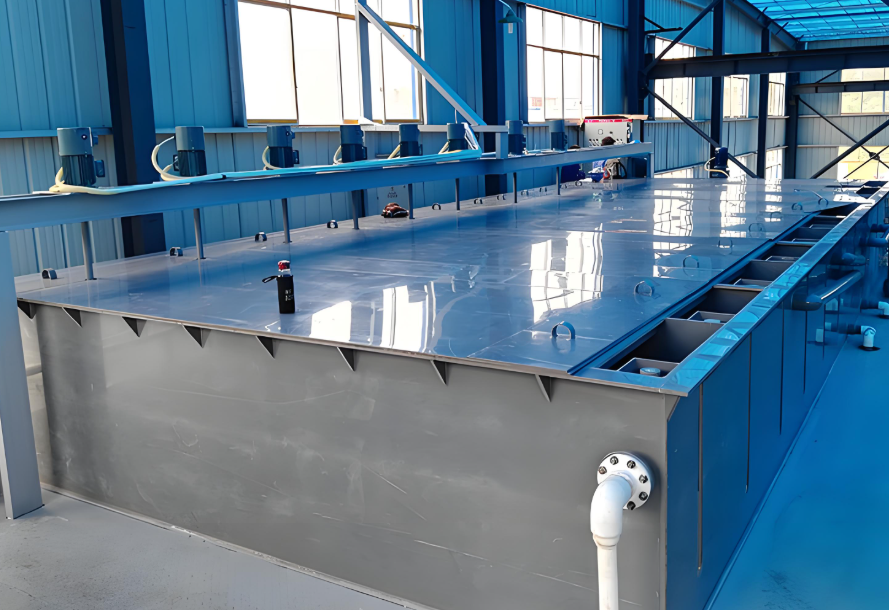NEWS&EVENTS
Home > News&Events > Company news > Core principles and advantages of hydrometallurgical smelting of copper oxide ore
Copper smelting has long been dominated by two technological approaches: traditional pyrometallurgy, characterized by high-temperature flames, and modern hydrometallurgy, centered around chemical solutions. With tightening environmental regulations and declining mineral resource grades, hydrometallurgy, targeting copper oxide ores, has become a key driver of sustainable development in the copper industry.

The core principle of hydrometallurgical smelting of copper oxide ore is the "migratory journey of copper," accomplished through three steps: chemical leaching, enrichment and purification, and electrodeposition. First, an acidic or alkaline solution dissolves the copper in the ore, releasing it into the solution as copper ions (this is called "leaching"). Next, the leachate enters a "solvent extraction" unit, where special organic reagents capture and purify the copper ions. Finally, in the "electrodeposition" process, direct current is applied to the cathode plate, reducing the copper ions to high-purity metallic copper.
Compared with pyrometallurgy, hydrometallurgy has significant advantages: first, energy consumption is greatly reduced. Pyrometallurgy has multiple high-temperature processes that consume huge amounts of energy, while the core reactions of hydrometallurgy are carried out at room temperature or low temperature, and the comprehensive energy consumption is only half of that of pyrometallurgy or even lower; second, it is extremely environmentally friendly. Pyrometallurgy produces a large amount of sulfur-containing sulfur dioxide flue gas, while hydrometallurgy basically has no such waste gas emissions, and the leaching slag is more stable; third, it is economically feasible to process low-grade ores. Pyrometallurgy is difficult to use ores with a copper grade below 0.5%, while hydrometallurgy can "take full advantage" of them and can also process waste rock and tailings.
In short, the hydrometallurgical smelting of copper oxide ore achieves low-temperature green extraction of copper metal through an efficient and clean process route, conforms to the trend of energy conservation and consumption reduction, and opens up a broad path for sustainable development for the copper industry.